
REAL CORP 2023 – Call for papers
23/01/2023
A Glance at the EURA Presidents
27/01/2023Conversation #50
Healthy Place-making and Human Wellbeing.
Some implications from case of Wapping Wharf project, Bristol
by Jo Zhou and Esme Hatton
University of the West of England, United Kingdom
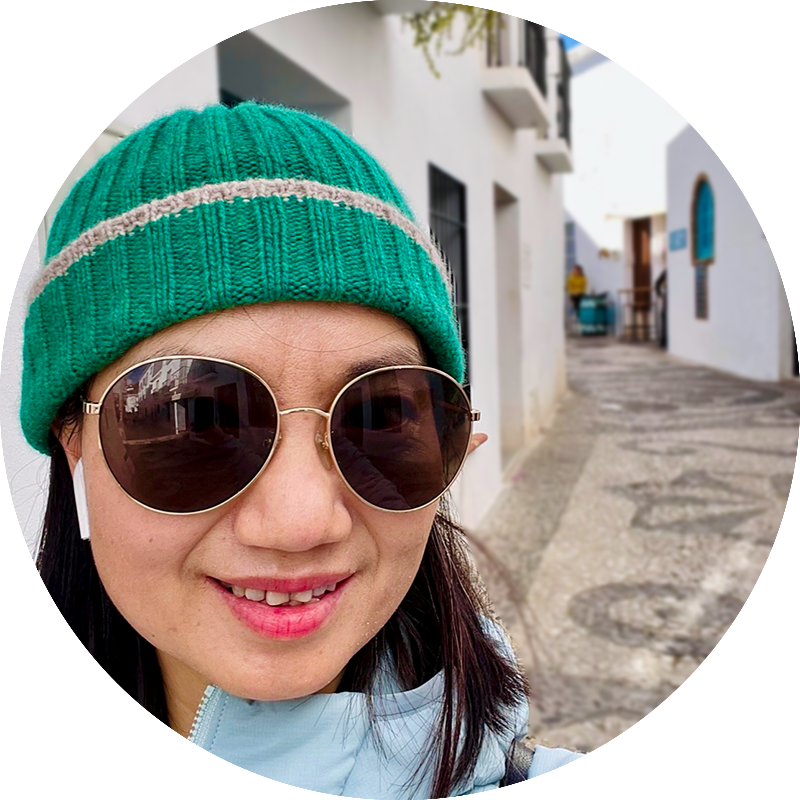 Health is not only the absence of disease or infirmity but also a sense of physical, mental, and social wellbeing. The way in which the living environment is designed influences inhabitants’ well-being.
Unfortunately, the search for leverage points to enable better connections between wellbeing and the configuration of the built environment is messy (Richardson et al., 2020). This is happening against the backdrop of the recent Covid-19 pandemic, which has exerted more stress on human wellbeing, stimulating greater discussions about how exactly new urban settlements should be designed to deliver healthy living environment to promote individuals’ wellbeing in post-pandemic planning.
This EURA conversation joins the discussion with empirical evidence from the mix-used property development of Wapping Wharf in Bristol, United Kingdom.
Health is not only the absence of disease or infirmity but also a sense of physical, mental, and social wellbeing. The way in which the living environment is designed influences inhabitants’ well-being.
Unfortunately, the search for leverage points to enable better connections between wellbeing and the configuration of the built environment is messy (Richardson et al., 2020). This is happening against the backdrop of the recent Covid-19 pandemic, which has exerted more stress on human wellbeing, stimulating greater discussions about how exactly new urban settlements should be designed to deliver healthy living environment to promote individuals’ wellbeing in post-pandemic planning.
This EURA conversation joins the discussion with empirical evidence from the mix-used property development of Wapping Wharf in Bristol, United Kingdom.
Healthy place-making is a human right to a built environment designed for conviviality and social networking and the power to participate the urban-making process. The relationship between healthy place-making and improved wellbeing is well established; healthy spaces embody some kind of power by shaping human behaviours through the provision of natural, social or intellectual stimulus (Amin et al., 2000). Healthy urban settlements offer access to constant contact with nature, enhance attention with aesthetic pleasure, create platforms to sharing, learning and developing abilities to tackle difficulties, and ultimately enabling positive functioning of well-being. The question is: how can we stimulate inhabitants’ connection with their living environment to enhance their wellbeing?
Walkability is part of the answer. Developing walkable neighbourhoods helps reduce car-dependency and increase physical activities (Howell et al., 2017). Walkability greatly reduces the number of vehicles on the road, which contributes to air pollution and consequently individuals’ well-being. An interconnected pedestrian design of neighbourhood with good onsite facilities and common places encourages walking and cycling, creating the opportunities to meet up and chat with others, promoting social connectivity across the inhabitants in the retail shops, bars, cafes and restaurants in Wapping Wharf where inhabitants socialize. “I love hanging around at Wapping Wharf; there’s always a great buzz” (Resident Interviewee 18). Such social interactions offer opportunities for self-discovery, to acquire skills for mastering the environment, and ultimately enable the positive function of wellbeing.
Active social interactions generate a sense of belonging and connection to place. The Wapping Wharf case is no exception. With this strong sense of belonging, inhabitants actively participated in various events like seasonal culinary festivals at Wapping Wharf, such as Wokyfest for Chinese New Year, Harbour Festival, and Easter scavenger hunts. “We are so proud of being part of the Wapping Wharf community” (Resident Interviewee 14). Communities with positive functioning souls provide fertile ground for active engagement and self-organization by civil society (Friedmann, 1998).
The strong social connectivity has fostered vibrant community bonds at Wapping Wharf, which was well tested by the Covid-19 pandemic. The lockdown in March 2020 cooled off the business and individual activeness. Resident Interviewees described the site as being as empty as it is on Christmas Day. Struggling with the dine-ins, some retailers started delivery and takeaway services. Residents attempted to help out the business. “The Covid-19 is bringing us closer to each other” (Interviewee 14). The developer of the Wharf site which was seen as the outsider of the community before the pandemic, made its efforts by well-maintaining the site during the lockdown. “A clean and well-managed area will make you feel a lot safer and more pleasant in time of stress” (Interviewee 13). In Wapping Wharf, the pedestrian design and facilities encouraged city dwellers to walk or cycle to shops: “It is far more enjoyable walking around a neighbourhood with good facilities on your doorstep than on the high street” (Resident Interviewee 19).
To conclude, the blog post highlights the element of walkability as a key contributor to bridging up place-making and human well-being, suggesting that the strategy of mix-used property development could be a good direction of future land use planning to accommodate the increasing demand for human wellbeing enhancement. The blog post affirms the strong community bond acts not just as catalyst for wellbeing, but also as a buffer against the stress generated by disasters (in this case, the pandemic). Through sincere and dialogic support, different actors were brought together to cope with the challenges and difficulties by the pandemic. Given that crises like Covid-19 ‘may fundamentally change our relationship with public space’ (Honey-Rosés et al., 2020, p.1), fostering strong community bonds should be on the agenda of post-pandemic planning policymaking.
References:
Amin A, (et al.). (2000). Cities for the many not the few. Bristol: The Policy Press.
Honey-Rosés J, (et al.). (2021) The impact of Covid-19 on public space: an early review of the emerging questions – design, perceptions and inequities, Cities & Health, 5:sup1, S263-S279.
Friedmann J. (1998). The new political economy of planning: the rise of civil society. In Douglass M and Friedmann J, Cities for Citizens, 19-35. Chichester: John Wiley & Sons Ltd.
Howell NA, (et al.). (2017). Residential or activity space walkability: What drives transportation physical activity?. Journal of Transport & Health, 7, 160-171.
Richardson M, (et al.). (2020). Applying the pathways to nature connectedness at a societal scale: A leverage points perspective. Ecosystems and People, 16(1), 387-401.
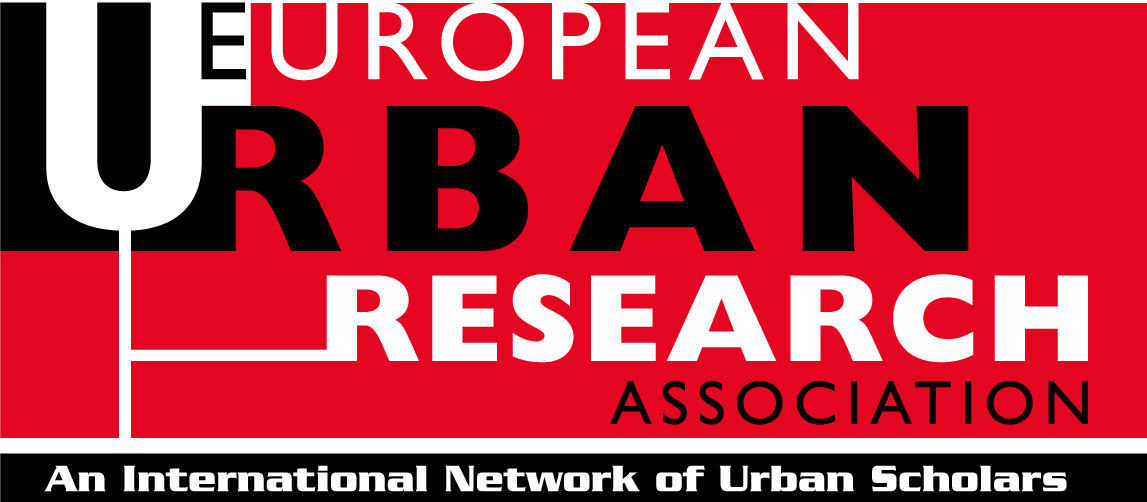

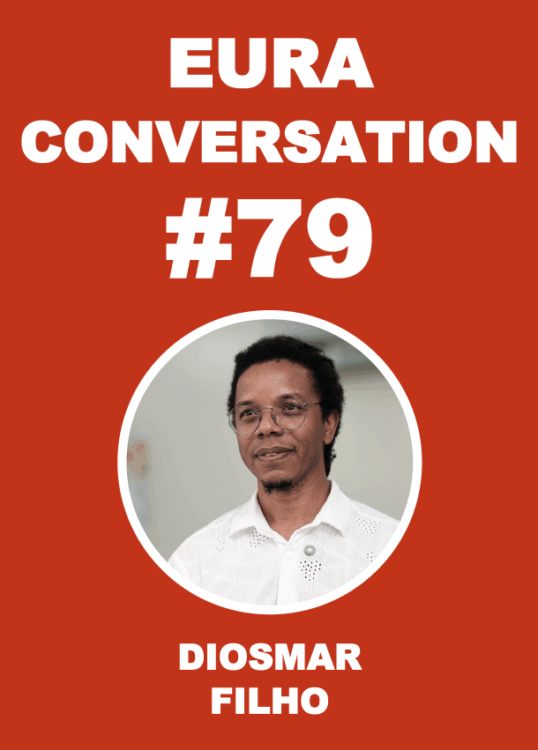

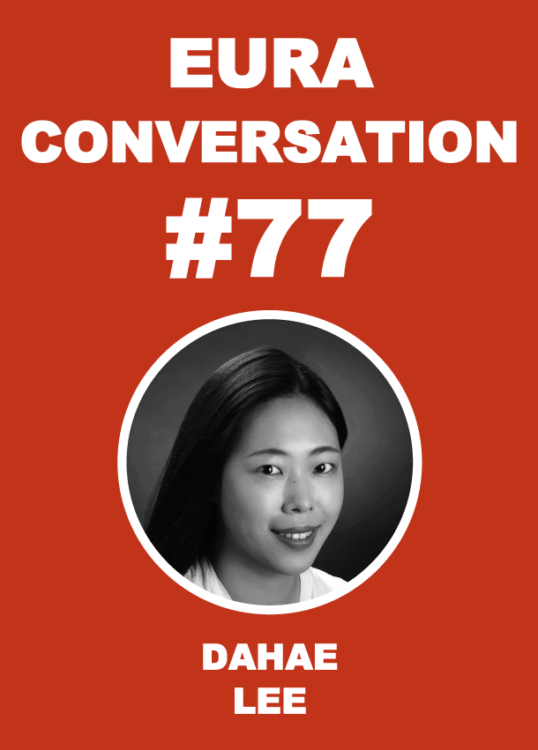
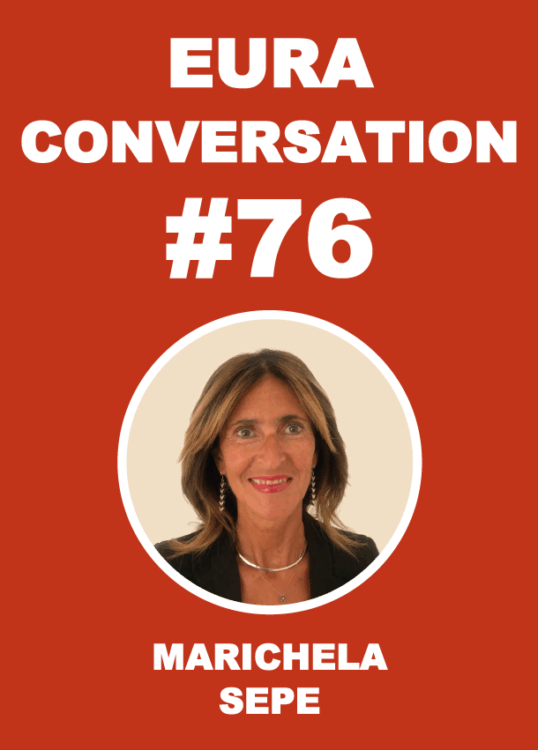

The recent pandemic called for urgent action across the public health and urban planning sectors. We are now forced to think differently about how we shape the urban environment and what the public health consequences would be. In fact, public health and urban planning are closely related as they share a common mission of providing safe and healthy environments in which we live, work and interact. Evidence shows that how we plan neighbourhoods and their streets shape the health and well-being of communities. Thus, what we need are well-designed, walkable and mixed-use neighbourhoods.
I agree that walkability is a key to human well-being, but I would add a number of challenges associated with it that require further discussion. For instance, the benefits of street redesign, such as more space for social interaction, are hard to measure, as well as the links between intervention and outcomes being difficult to prove. As a consequence, there is a danger that intangible benefits are treated less importantly. Additionally, handling conflicting perceptions on street improvements is a challenge. While some would support the idea of redesigning streets, concerns are likely to arise from residents and businesses who may fear the possible unintended impacts, such as gentrification. Others like property owners may, in some cases, not welcome incremental changes, but rather prefer the neighbourhood to deteriorate since it can be redeveloped entirely (and thus the property values increase). Hence, consideration must be given to whose needs and interests should be prioritized and who benefits or loses as a result. Finally, whilst it may be easier to implement changes in the publicly owned and managed street spaces, this may not be the case for privately owned and/or managed areas. The challenges mentioned throughout my comment are only a few examples. To conclude, it is daunting to entirely overcome such difficulties, yet they should be openly discussed and handled in order to deliver a healthy living environment to all.